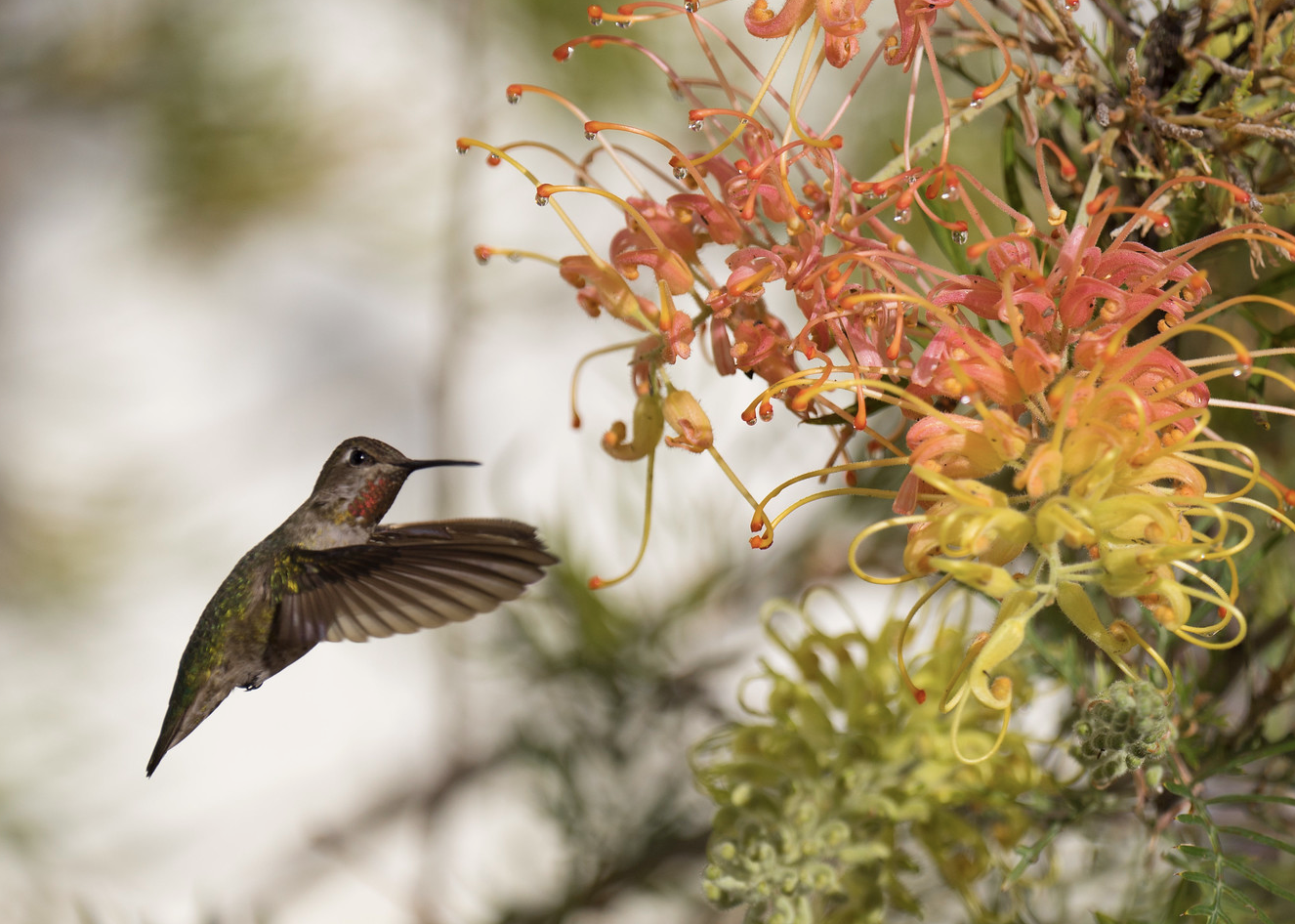I did a lot of shooting recently with a rented Sony FE 70-200mm F2.8 GM OSS II lens, mounted on my 2013-vintage Sony a7r camera. One result was the hummingbird above, which you’ll find among the collections here and here. Also, here’s a toddler…

…and a grandma (right after she starred as the oldest alumnus at a high school reunion I where I took hundreds of other shots):

This lens is new, sharp, versatile, earns good reviews (e.g. here) and is so loved already that it’s hard to get, despite the price: more than $3k after taxes. And, though it’s very compact and light (2.3 lbs) for what it is and does, the thing is big:
So I ordered one, which Amazon won’t charge me for before it ships, on May 23, for delivery on the 24th.
But I’m having second, third, and fourth thoughts, which I just decided to share here.
First, I’m not a fine art photographer. I’m an amateur who mostly shoots people and subjects that interest me, such as what I can see out airplane windows, or choose to document for my own odd purposes—such as archiving photos of broadcast towers and antennas, most of which will fall out of use over the next two decades, after being obsolesced by the Internet, wi-fi and 5G.
All the photos I publish are Creative Commons licensed to encourage use by others, which is why more than 1600 of them have found their way into Wikimedia Commons. Some multiple of those accompany entries in Wikipedia. This one, for example, is in 9 different Wikipedia entries in various languages:
Here is the original, shot with a tiny Canon pocket camera I pulled from the pocket of my ski jacket.
In other words, maybe I’ll be better off with a versatile all-in-one camera that will do much of what this giant zoom does, plus much more.
After much online research, I’ve kind of settled on considering the Sony Cyber-shot DSC-RX10 IV. It has a smaller sensor than I’d like, but it is exceptionally versatile and gets great reviews. While my Sony a7r with its outstanding 24-105mm f/4 FE G OSS lens is versatile as well, and light for a full-frame DSLR, I really need a long lens for a lot of the stuff I shoot. And I suspect this “bridge” camera will do the job.
So here is the choice:
- Leave the order stand, and pay $3k for a fully fabulous 70-200 zoom that I’m sure to love but will be too big to haul around in many of the settings where I’ll be shooting.
- Cancel that order, and instead pay half that for the DSC-RX10 IV—and get it in time for my trip to Hawaii next week.
[Later…] I decided to let the order stand. Two reasons. First, I’ve shot a couple thousand photos so far with the 70-200 zoom, and find it a near-flawless instrument that I enjoy playing. One reason I do is that it’s as close to uncompromising as a lens can be—especially a zoom, which by design involves many compromises. Second, I’ve never played with the DSC-RX10 IV, and that’s kind of a prerequisite. I also know that one of its compromises I won’t be able to overcome is the size of its sensor. I know megapixels are a bit of a head trip, but they do matter, and 36.4 Mpx vs 20.1 “effective” Mpx is non-trivial.
Additionally, I may choose in the long run to also get an a7iv camera, so my two lenses will have two bodies. We’ll see.



Leave a Reply